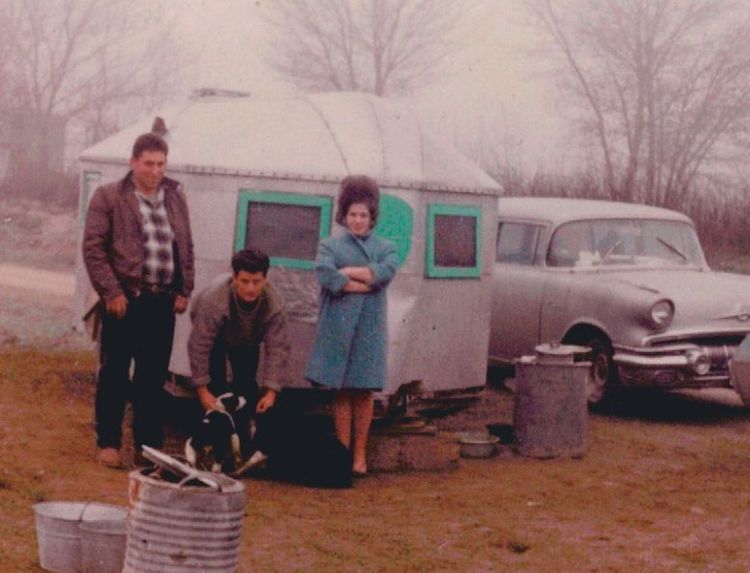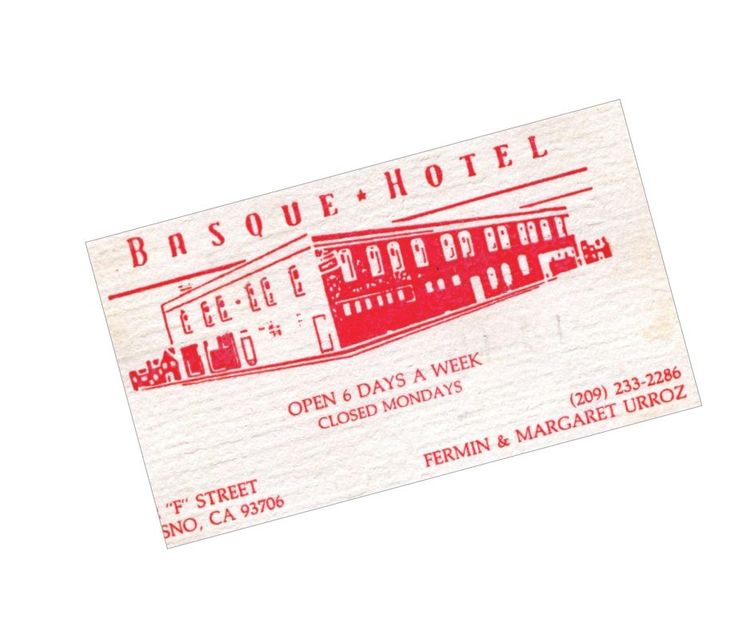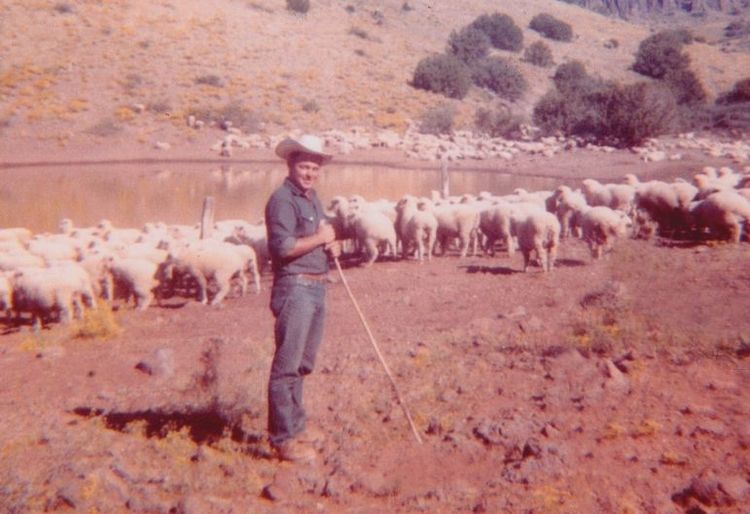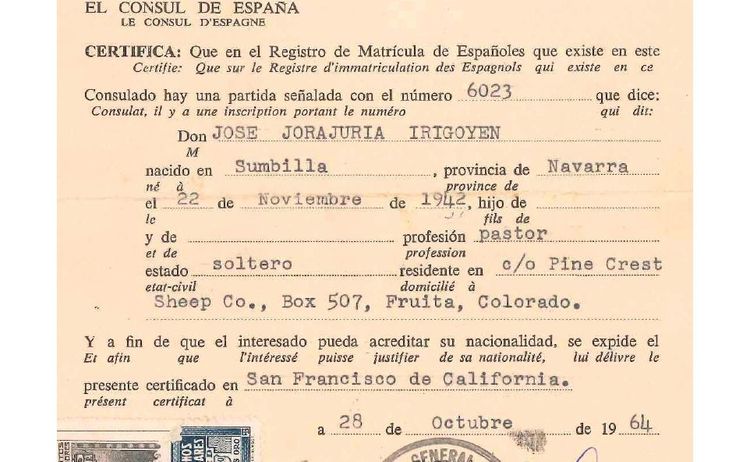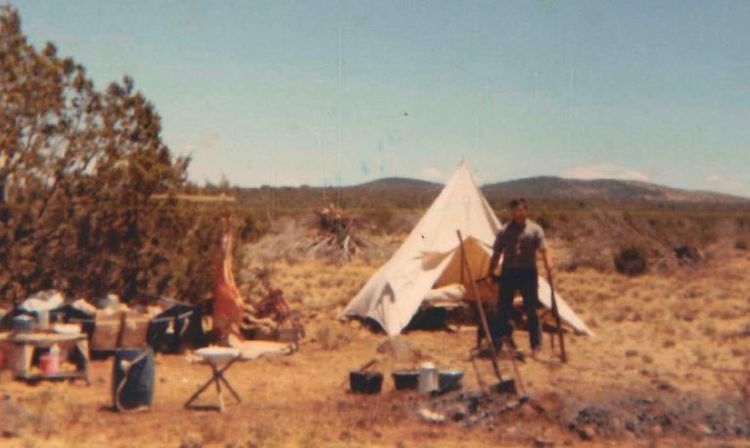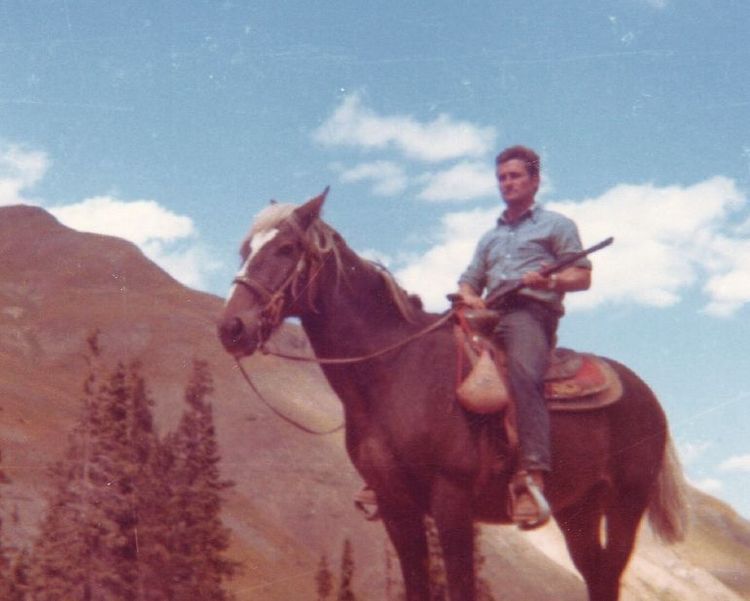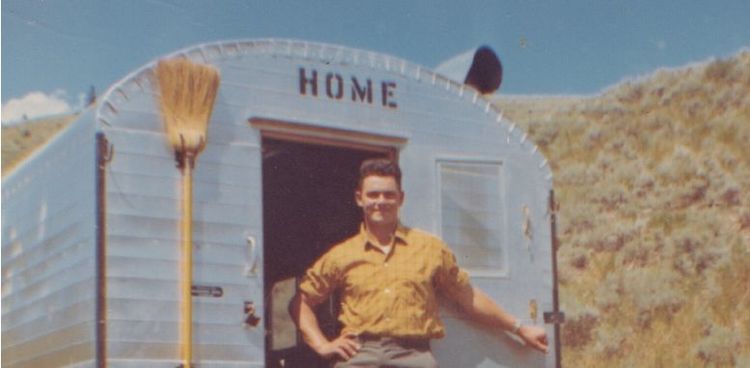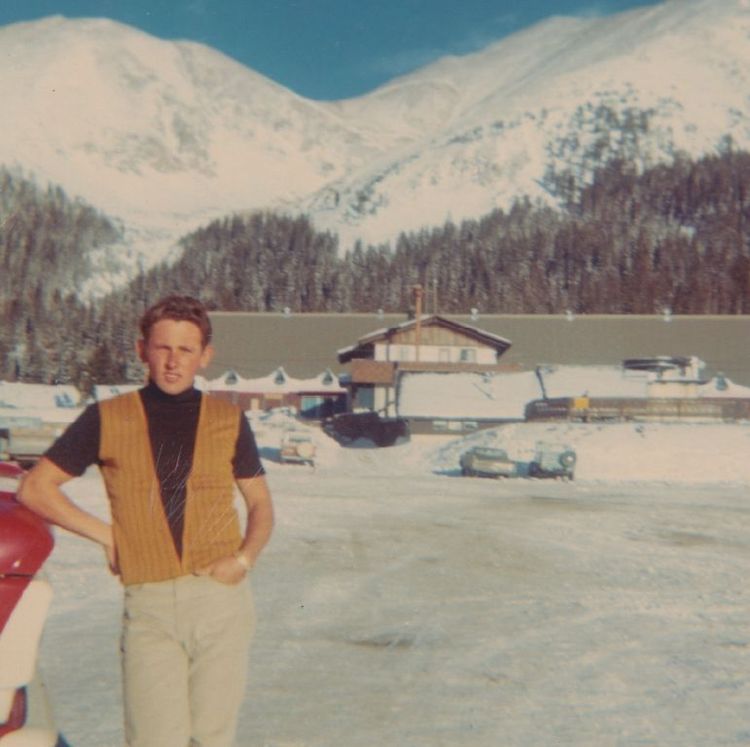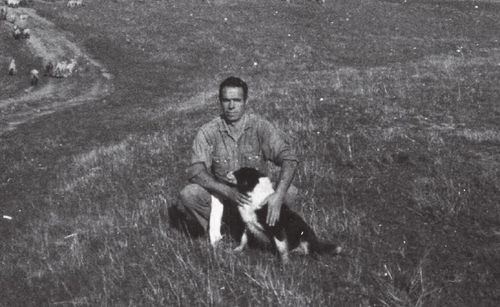Euskal Artzainak Ameriketan is an association established in 2011 with headquarters in Navarra. Its main objective is to disseminate the way of life and the working conditions of those known in the US as “Basque pastors”. That is, make known how those who stayed in the US have lived, worked, how they have returned... what their personal and professional development has been.
To do this, the association has made a series of photographic panels where it is intended to show their way of life, this being a very important part of our history.
